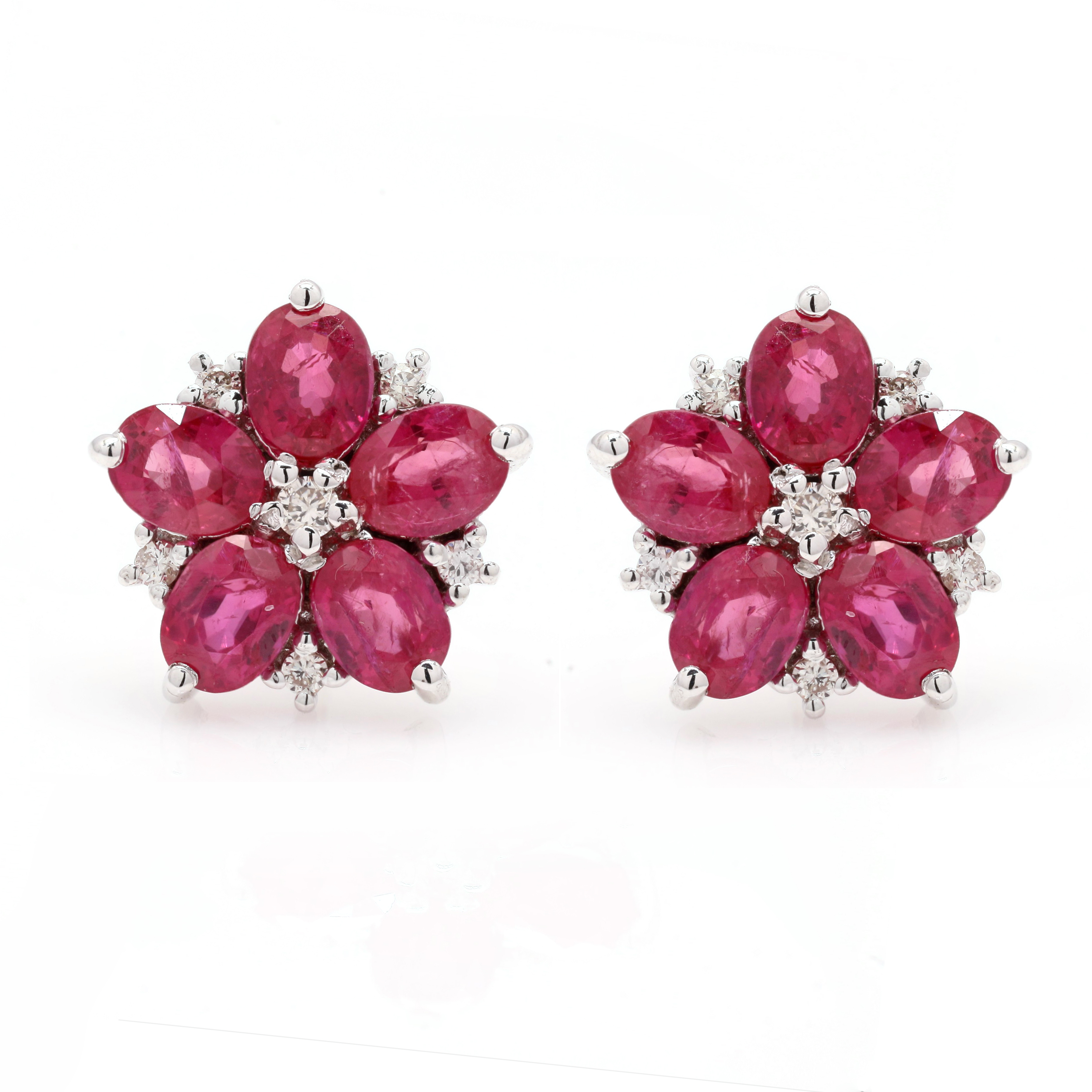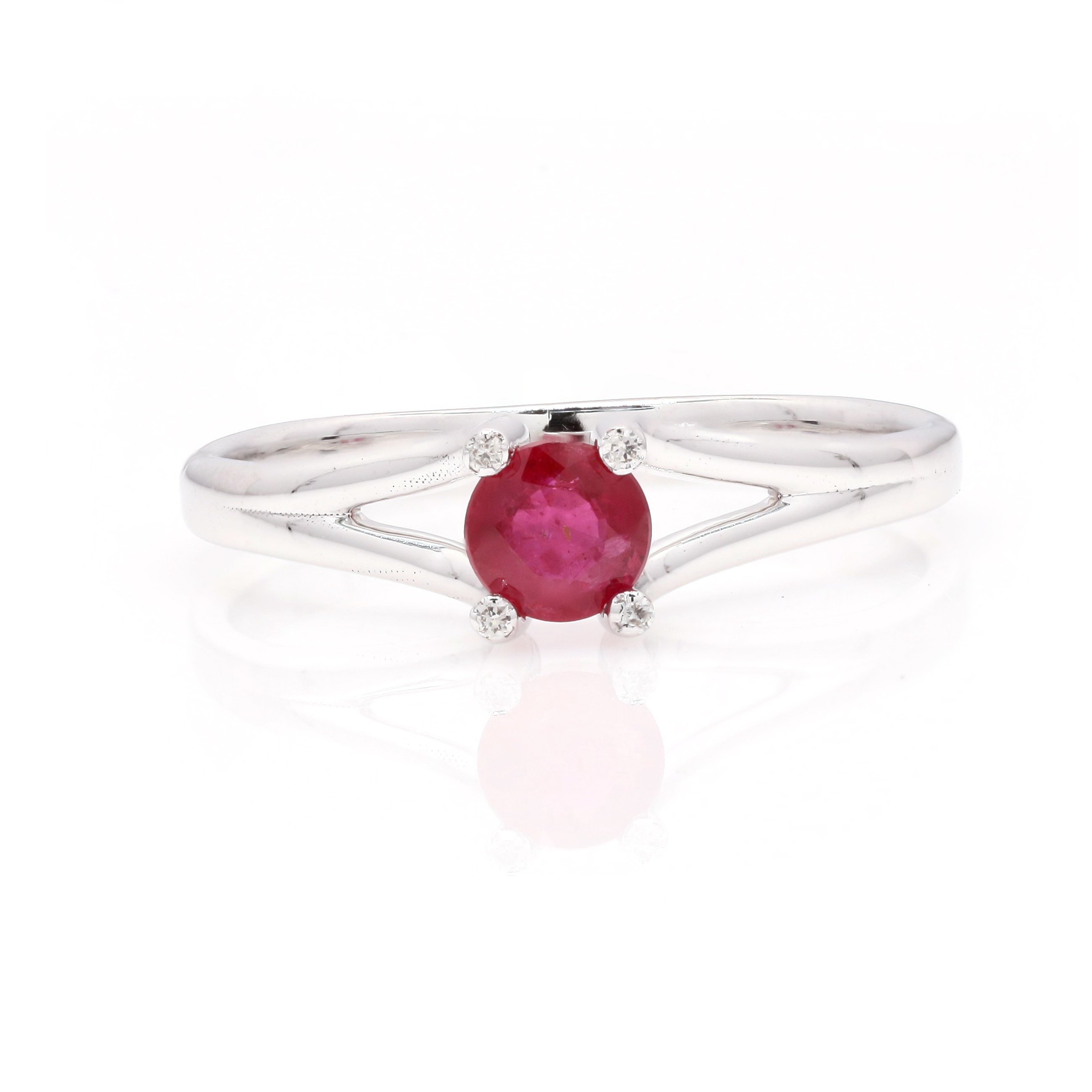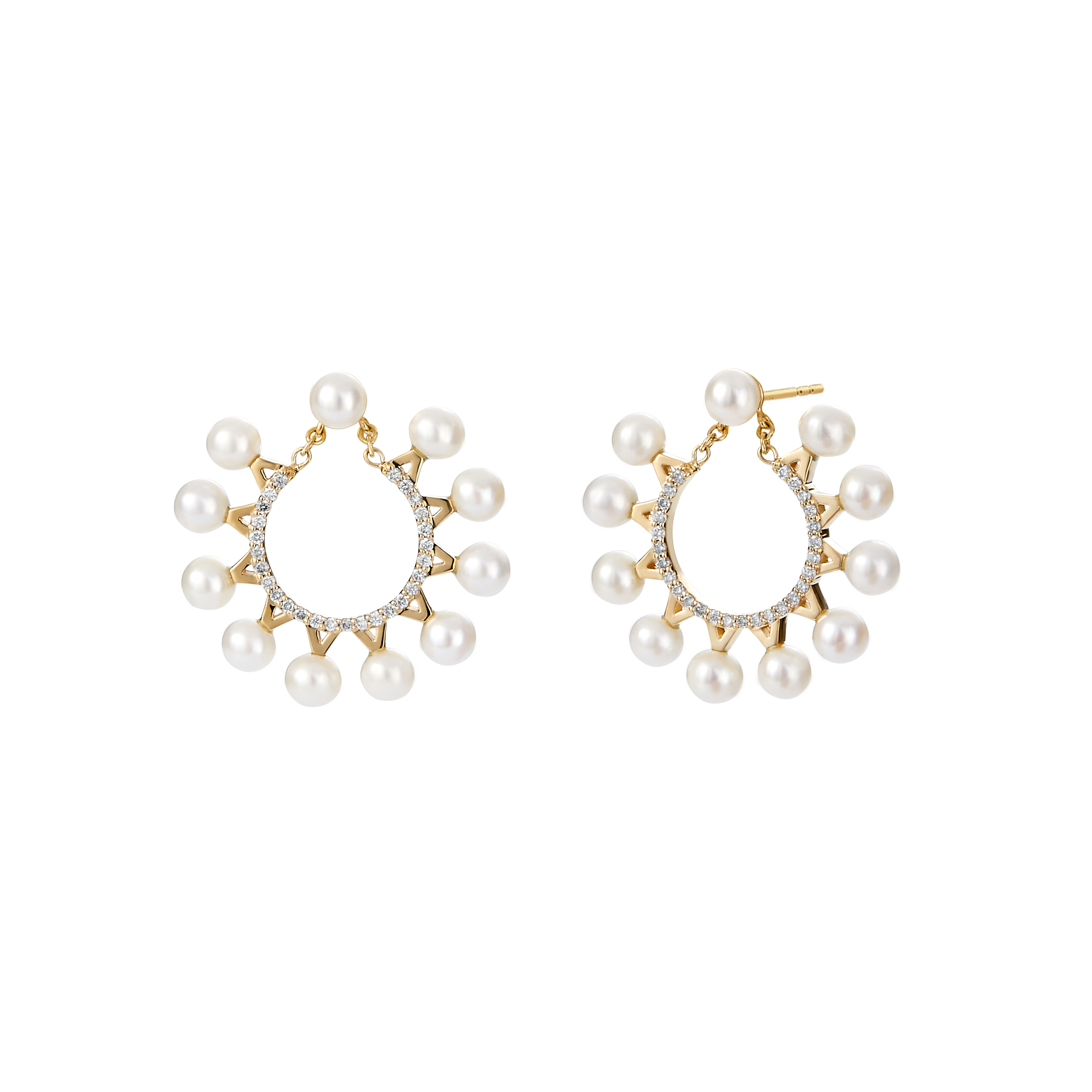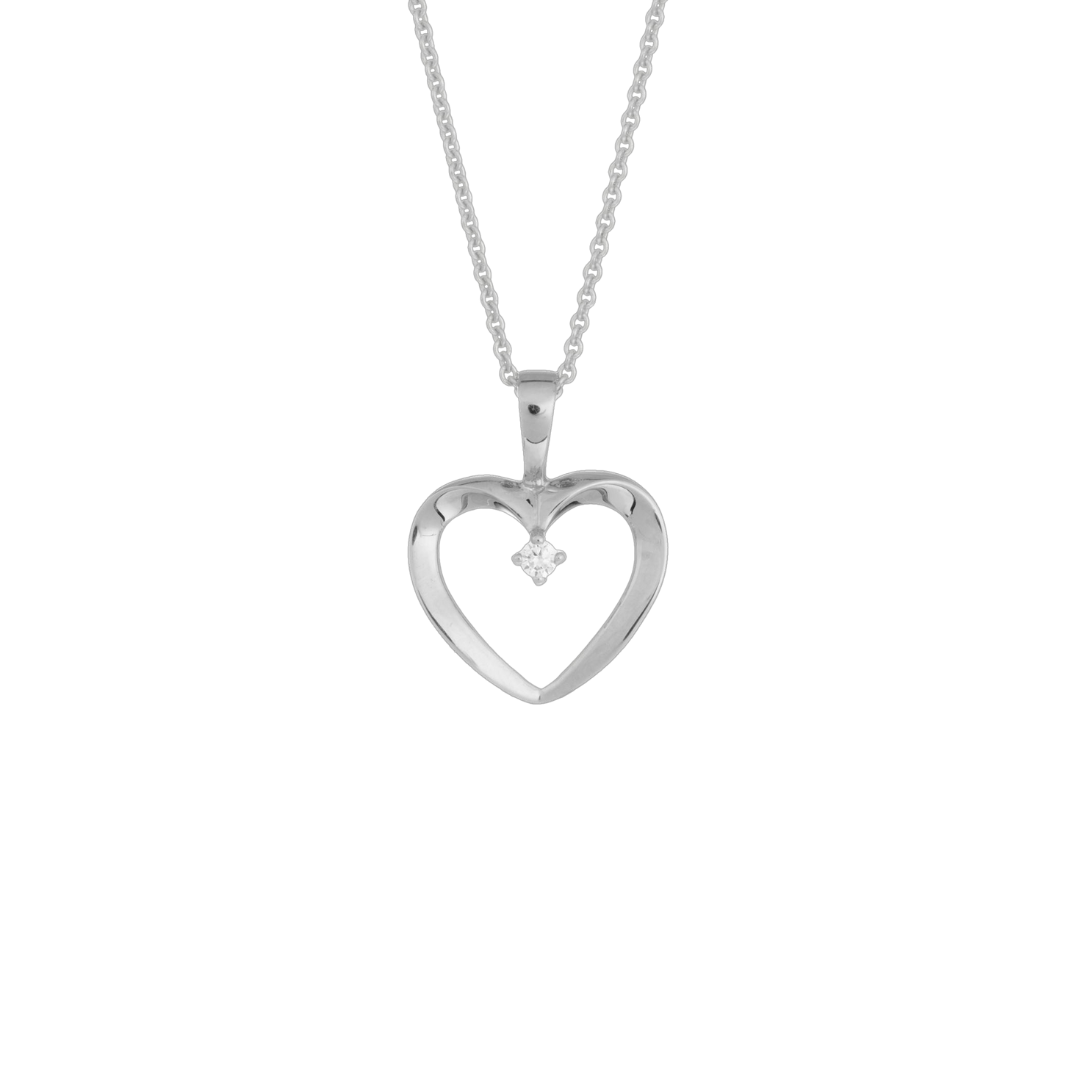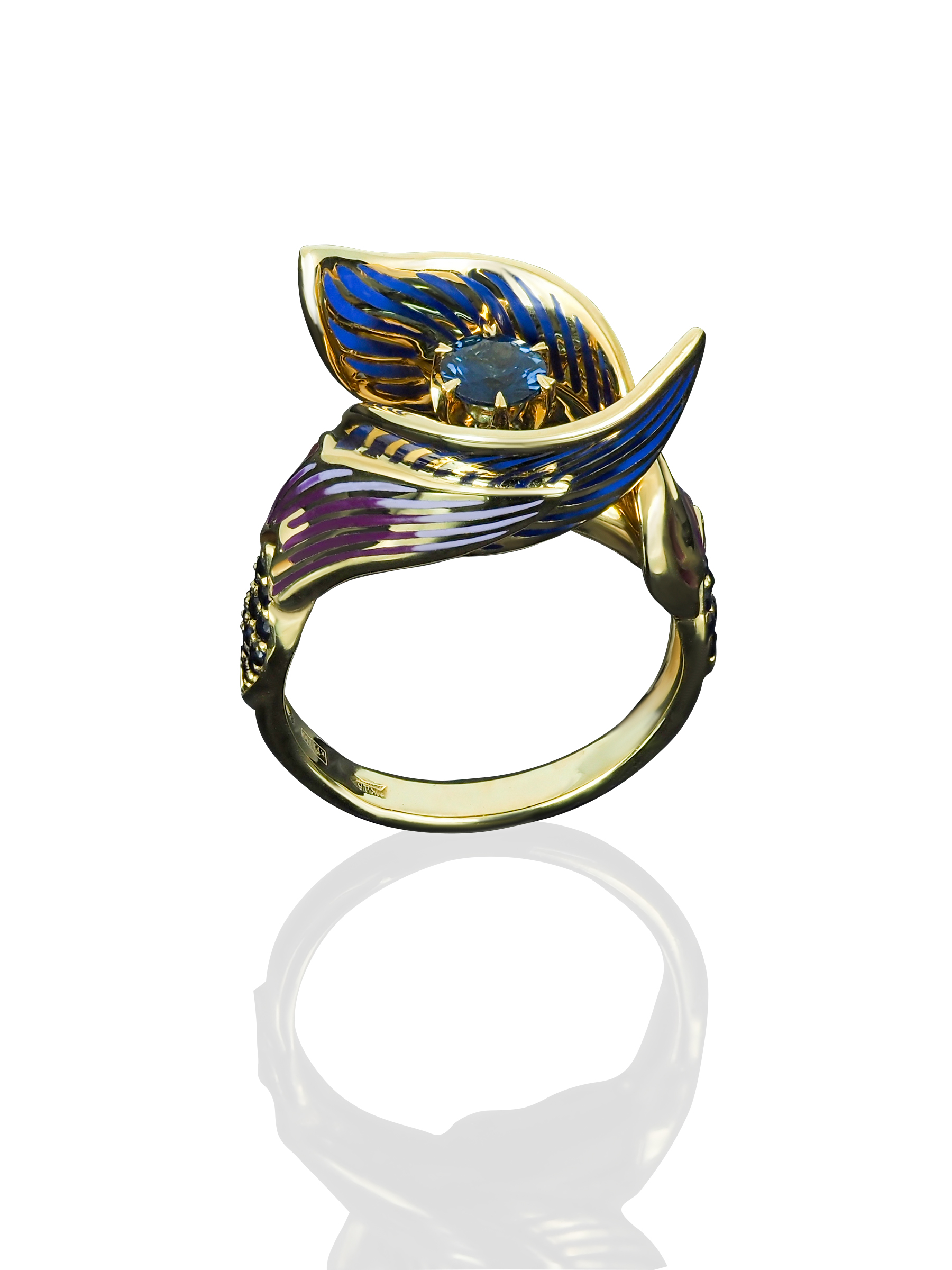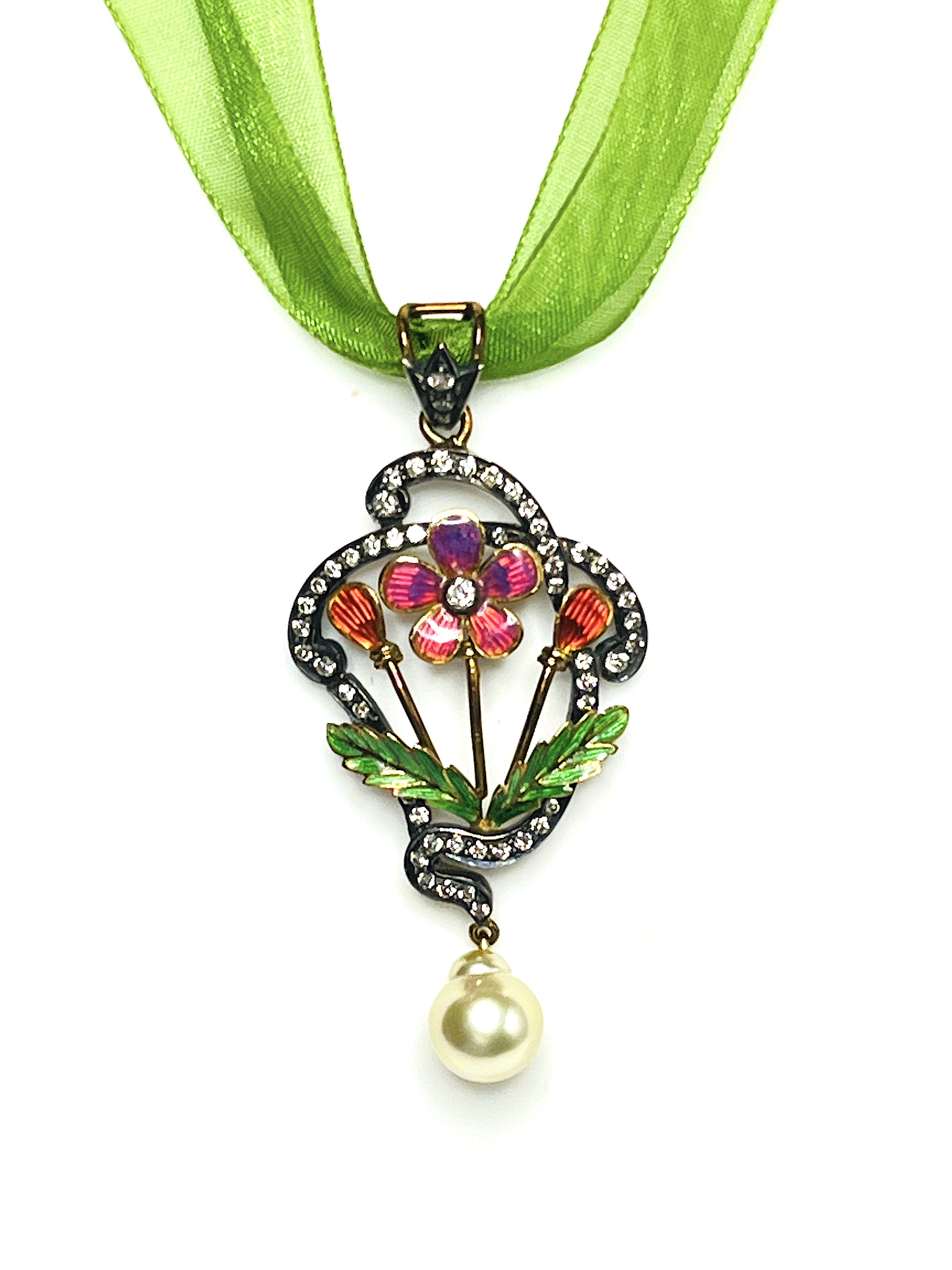Ceramic
Ceramic, technically known as “high-tech ceramic,” marries high tech and high fashion. Ceramic jewelry is made of a material called titanium carbide (TIC), which is also used in space shuttle shields, and undergoes an exacting and polishing process.Material
Ceramic is scratch-resistant, durable, lightweight and hypoallergenic, making it the perfect jewelry material for those who are active and style-conscience. It also doesn’t tarnish, oxidize or darken over time.
Appearance
High-tech ceramic jewelry is available in a range of colors including white, black, pastels and bold hues. It is often combined with other metals in finished pieces. Ceramic is a popular material for watches and in men’s jewelry, paired with other durable metals like tungsten carbide.
Palladium
A platinum-group metal, palladium offers many of platinum’s benefits – bright white color, purity and strength – at a more affordable price. However, palladium is neither as rare nor as dense as platinum.Material
Palladium jewelry alloys are very pure. Look for “950 Palladium,” which is 95-percent pure palladium usually mixed with five-percent ruthenium, or “900 Palladium,” which is mixed with 10-percent iridium.
Appearance
Unlike most white gold jewelry, palladium does not require plating to maintain its lustrous white color; palladium will not tarnish and is hypoallergenic.
Precious Metal Clay
Appearing in the early 1990s in Japan, precious metal clay (or PMC) allows designers to create amazingly detailed jewelry items in a wide range of styles and prices.Material
Precious metal clay consists of tiny particles of silver, gold or platinum mixed with an organic binder and water. This creates a pliable “clay” material that can be shaped into forms like soft clay. When heated to high temperatures, the organic binding compound burns away leaving the solid metal piece. It can then be worked like any piece of conventionally manufactured jewelry to create styles often unattainable or too costly to create using traditional methods.
Appearance
Jewelry made from precious metal clay is silver or gold, many times with intricate detailing because of the materials malleability.
Stainless Steel, Titanium & Tungsten Carbide
Stainless steel, titanium and tungsten carbide offer affordable alternatives to precious metal jewelry and have gained popularity mainly in men’s jewelry.Material
These industrial metals have the benefits of being very strong, lightweight, hypoallergenic and scratch resistant, so they are well suited to active consumers who wear jewelry on a daily basis. When used in chain or link bracelets, the metals are less likely to break, making the need for repair infrequent.
Tungsten is considered the world’s hardest metal substance, ranking 8.0-9.0 on the Mohs Hardness Scale (diamonds are a 10.0). However, their strength also limits their applications; resizing rings is sometimes difficult, but many manufacturers will offer resizing services.
Appearance
All three metals share a steely gray appearance.
Enamel
Enamel adds a pop of color to any piece. Because enamel is fused onto another metal, it can range in pricing from cheaper metals to high-quality luxury pieces.Material
Palladium jewelry alloys are very pure. Look for “950 Palladium,” which is 95-percent pure palladium usually mixed with five-percent ruthenium, or “900 Palladium,” which is mixed with 10-percent iridium.
Appearance
Unlike most white gold jewelry, palladium does not require plating to maintain its lustrous white color; palladium will not tarnish and is hypoallergenic.





